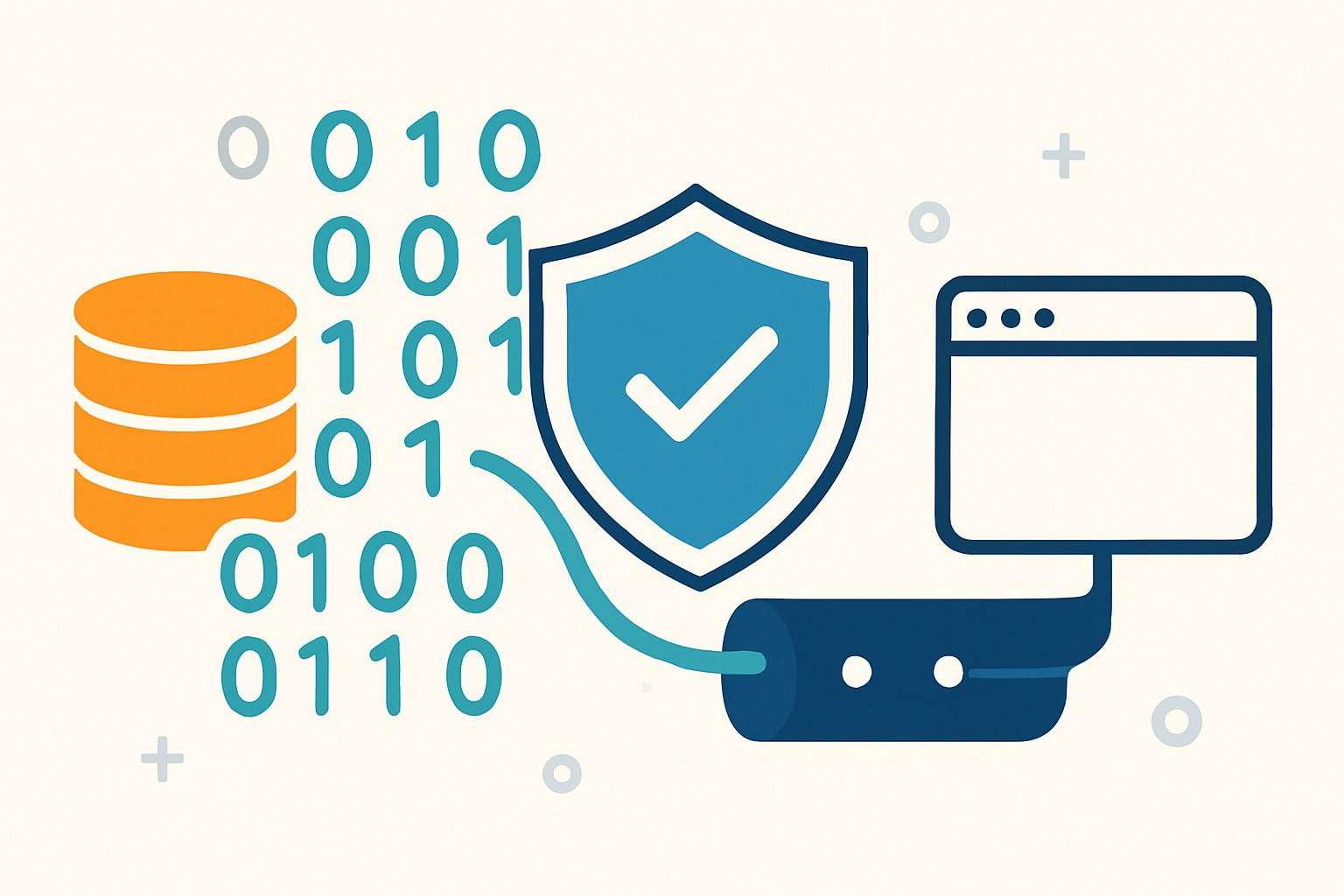
AI CERTS
9 hours ago
Synthetic Data Transforms Software Testing
Recent acquisitions and product launches show mainstream adoption is accelerating. Moreover, vendors promise realistic referential integrity that traditional masking cannot match. Meanwhile, regulators caution that privacy gains still require governance. This report unpacks the current landscape and highlights practical next steps for engineering leaders.

Market Momentum Accelerates Fast
Research firm Mordor values the global market at USD 0.51 billion in 2025. Moreover, it predicts USD 2.67 billion by 2030, a 39.4% CAGR. Analysts attribute this climb to stricter privacy mandates and ongoing digital Development demands.
SAS sparked headlines by purchasing Hazy in November 2024. Bryan Harris noted, “By 2026, 75% of businesses will use generative AI to create synthetic customer data.” Meanwhile, Wired reported Nvidia’s quiet pickup of Gretel, linking the deal to Omniverse simulation pipelines.
These moves confirm mainstream traction. Consequently, investors foresee rapid category growth. Next, we examine vendor dynamics.
Vendor Landscape Rapidly Shifts
Specialists such as Tonic.ai, MOSTLY AI, and Gretel still innovate quickly. Additionally, hyperscalers integrate their tools through marketplaces and managed services. In contrast, traditional data-management providers chase parity via acquisitions.
Tonic’s Fabricate agent now builds relational datasets through natural-language prompts. MOSTLY AI focuses on high-volume generation for load Testing. Gretel markets API-driven pipelines that slot into DevOps workflows.
Platform breadth now defines competitiveness. Nevertheless, buyers emphasise governance features over flashy demos. Subsequently, we explore concrete use cases.
Practical Testing Use Cases
Teams apply Synthetic Data across multiple phases. Firstly, staging environments gain full relational copies without personal identifiers. Secondly, curated edge-case bundles boost regression Testing coverage. Thirdly, performance teams upscale small sets to millions of rows for load scrums.
Academic work reinforces viability. For example, a 2024 arXiv paper showed LLMs can generate test-data generators automatically. Consequently, researchers built pipelines that create bug-fix datasets with verified traces.
- Up to 70% faster dataset provisioning, vendor case studies report.
- Multi-day test cycles shrink to hours when data refreshes on demand.
- Edge-case inclusion improves defect discovery metrics by double-digit percentages.
These benefits elevate release velocity. However, privacy and risk management determine long-term success. Therefore, we shift to governance.
Privacy And Governance Limits
The UK ICO classifies Synthetic Data as a privacy-enhancing technique yet warns about residual linkage risk. Furthermore, regulators urge threat modelling against membership-inference attacks. ISACA research echoes that noise reduces utility when misconfigured.
Enterprises thus require lineage, parameter tracking, and auditability. Moreover, legal teams demand impact assessments before lower-environment deployment. Balanced controls sustain Data Privacy while maintaining dataset fidelity for reliable Testing.
Governance needs shape vendor roadmaps. Consequently, feature parity now includes differential-privacy tuning dashboards. Next, we look inside the generation toolbox.
Technical Generation Techniques
Modern engines blend statistical rules with deep generative models. GANs, VAEs, diffusion systems, and LLMs contribute complementary strengths. Additionally, rule engines preserve foreign-key relationships critical for transaction flows.
Vendors increasingly layer privacy budgets atop model pipelines. Moreover, detuned memorization filters protect against record leakage. Academic prototypes like “Data Swarms” optimize evaluation sets for edge coverage, boosting software reliability.
Technical maturity therefore underpins trust. Nevertheless, skills gaps persist among engineering teams. Professionals can deepen expertise through the AI+ Developer™ certification.
This section outlined model fundamentals and safeguards. Subsequently, we examine strategic implications for software Development leaders.
Future Outlook And Actions
Market consolidation will likely continue as platforms chase integrated privacy tooling. Furthermore, regulators may codify audit standards, raising adoption barriers for unproven startups. Engineering chiefs should pilot Synthetic Data in narrowly scoped projects, measuring bug detection lift and sprint velocity.
Key action items include:
- Establish a privacy impact framework aligned with internal policy.
- Benchmark synthetic utility against sanitized production baselines.
- Automate lineage capture inside existing CI pipelines.
- Upskill teams through targeted credentials and workshops.
These steps anchor responsible deployment. Consequently, organisations position themselves for faster Development with quantifiable risk controls.
Strategic Summary Points
The market’s direction appears clear. Moreover, early adopters report measurable gains when privacy and utility remain balanced. Meanwhile, technology continues evolving, promising richer domain coverage.
Strong governance therefore remains essential. In contrast, ignoring controls invites compliance setbacks. Final thoughts follow below.
Overall, Synthetic Data has shifted from novelty to necessity. Deployment success hinges on transparent governance, privacy diligence, and continuous validation. Engineering leaders who embrace disciplined experimentation will unlock faster releases while safeguarding sensitive information. Explore the linked certification to expand skills and guide future initiatives.



